What Is an E-Bike?
Here’s Everything You Need to Know
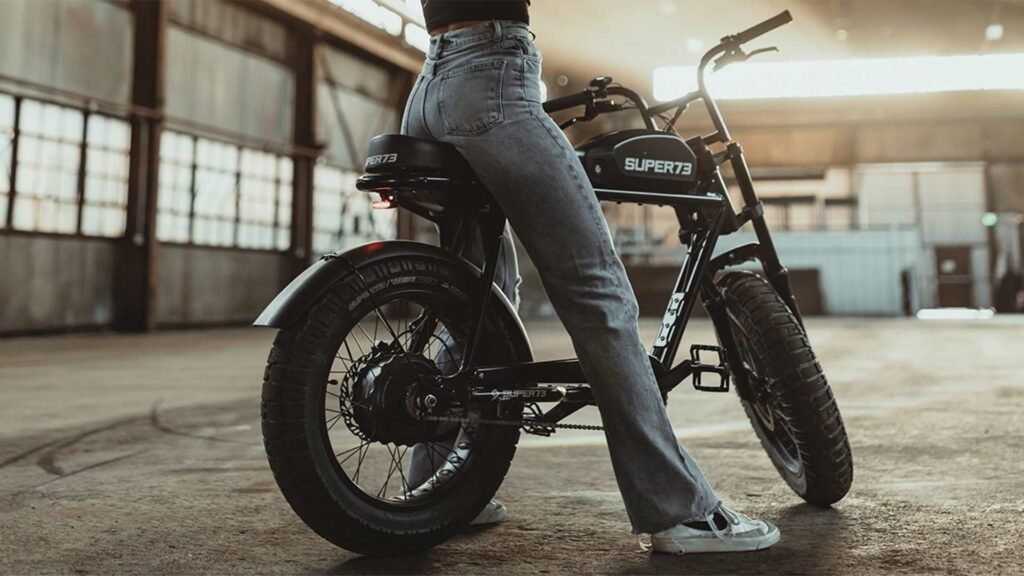
Everyone loves these bikes, and you probably will too.
E-bikes are getting more popular in the U.S. In 2022, over one million were sold. This is four times more than in 2019.
Some think e-bikes aren’t real bikes. But they are. They give you a fun boost to ride faster and longer.
This guide will tell you all about e-bikes. You’ll learn what they are, how they work, and their benefits.
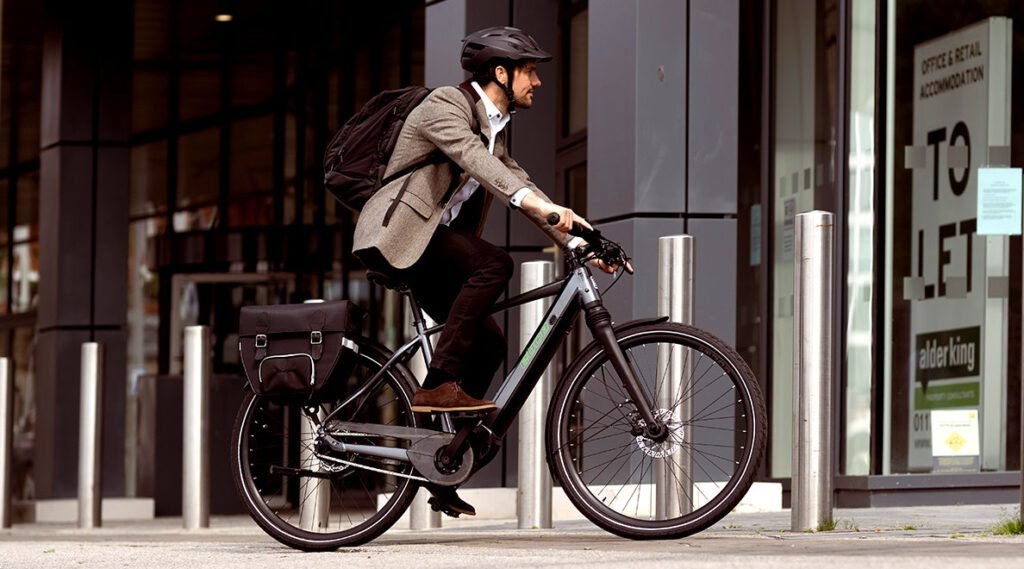
1. E-Bikes Make Riding Easier
E-bikes have a battery-powered assist. This helps when you pedal. You can ride up hills and over tough terrain easily.
They are called pedal-assist e-bikes. They feel like regular bikes but better, says Ed Benjamin. You control your speed with your feet.
Some e-bikes also have a throttle. This lets you start moving with a button. But, these bikes are not allowed in some places. People who start with throttle bikes often choose pedal-assist ones next.
2. They Go Pretty Fast
The harder you pedal, the faster you go. But e-bikes aren’t as fast as cars. You can’t go 45 mph.
An e-bike motor stops helping you when you reach 20 to 28 mph. This saves time on your commute and lets you enjoy the view.
You can choose how much help you get. Most e-bikes have a power switch. You can pick from “eco” (low) to “turbo” (high) for extra power.
3. You’ll Ride More—Even If You Ride a Lot
Getting an e-bike can make you ride more, a survey shows. Before, 55 percent rode daily or weekly. After getting an e-bike, that number jumped to 91 percent.
It’s easier to keep riding with an e-bike. Even fit people get tired. An e-bike lets you keep going without getting too tired.
You can also ride faster with an e-bike. This makes long trips more appealing, even when you’re in a hurry.
E-bikes open up a new world for non-riders. You can ride longer distances easily. This helps build endurance and confidence.
That same survey found 94 percent of non-cyclists rode daily or weekly after getting an e-bike.
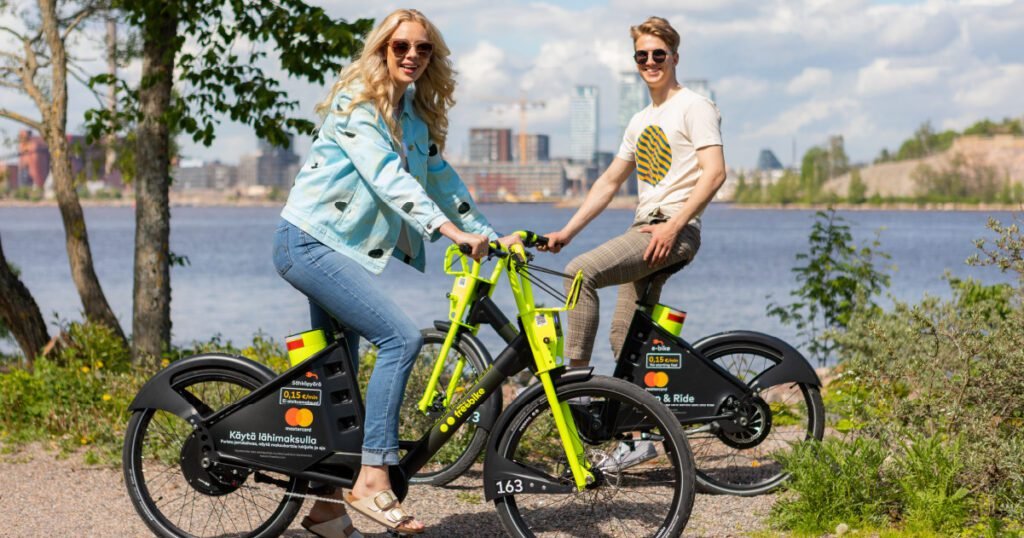
4. You Can Find an E-Bike for Everything
There’s an e-bike for every type of riding, a survey says. You might love a high-capacity e-cargo bike for carrying heavy loads.
E-bikes come in many styles. You can find fat, cargo, commuter, and mountain bikes. Here are the best e-bikes for every cyclist.
5. E-Bike Can Replace Driving
“People are buying electric bicycles as a way to reduce car trips,” Benjamin says. A survey shows 28 percent bought an e-bike to replace driving. They also want to carry cargo and kids, avoid traffic, and help the environment.
Plus, you don’t sweat as much. This makes it easy to arrive at your destination without changing clothes.
More than half of all driving trips are shorter than six miles. That’s perfect for an e-bike.
The survey also found owners replaced 46 percent of car commutes and 30 percent of driving errands with e-bike rides. Just get a great commuter bag to carry your stuff, and you’re ready to go.
6. Yes, You Still Get Exercise
E-bikes help you, but they still make you exercise. Studies show they boost VO2 max and brain health.
“Many people are not fit enough to ride long enough to get meaningful health and fitness benefits from biking,” Benjamin says. “Put them on an electric bike and they can go out and ride for an hour and get a significant amount of exercise.”
Even fit people can exercise with e-bikes. A study showed e-bikes burn calories, even if less than regular bikes.
7. Batteries Continue to Improve
E-bikes need charging, but batteries are getting better. They last from 35 to 100 miles before needing a recharge. The range depends on the battery size and motor power.
Using the bike’s “turbo” setting uses more power. But, we expect e-bike batteries to get even better.
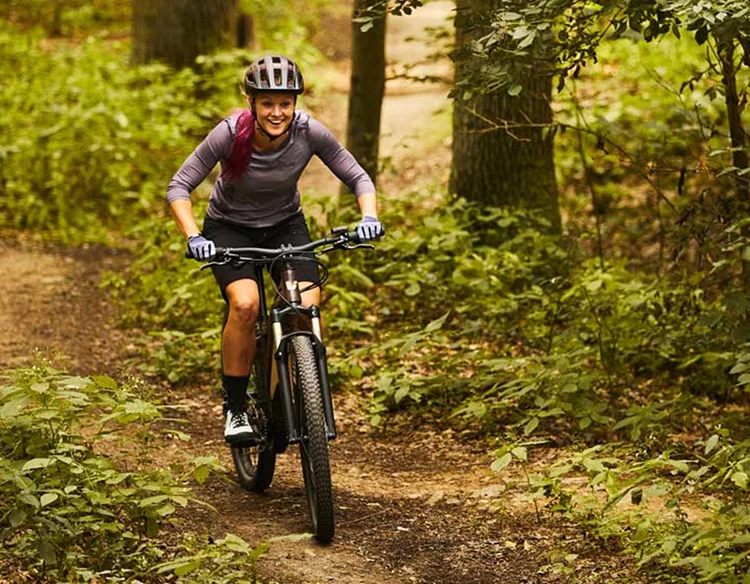
8. You Can Ride Trails—Just Check Before You Go
E-bikes are still debated in mountain biking. Many trails don’t allow them yet.
But, things are changing. IMBA supports e-mountain bikes on trails. Local parks decide the rules.
More trails will allow e-bikes soon. “In a few years, people will realize that electric mountain bikes have no more trail impact than a regular mountain bike,” Benjamin says.
9. They Could Save You Money in the Long Run
Getting a cheap e-bike is hard. But, using it can save money on car costs.
Prices vary, but expect to spend at least $1,500. Quality bikes cost $2,500 to $5,500.
10. They’re Hefty
When you lift a new bike, you check its weight first. E-bikes are much heavier than regular bikes. They weigh about 20 pounds more.
The extra weight comes from the battery, motor, and strong frame. But, the bike feels light when you pedal because of the motor. Still, lifting it onto a car rack or stairs takes more effort.
11. They’re the Future of Transportation
Every big bike maker and many small ones make e-bikes now. Car companies are joining too.
Ford helped start an electric bike-share in San Francisco in 2018. Lyft changed it to Bay Wheels in 2019. GM also made two e-bikes. They see bikes as a better choice for cities.
Uber and Lyft’s success with e-bikes is helping cities. They want to ease traffic. So, e-bike programs might grow more.
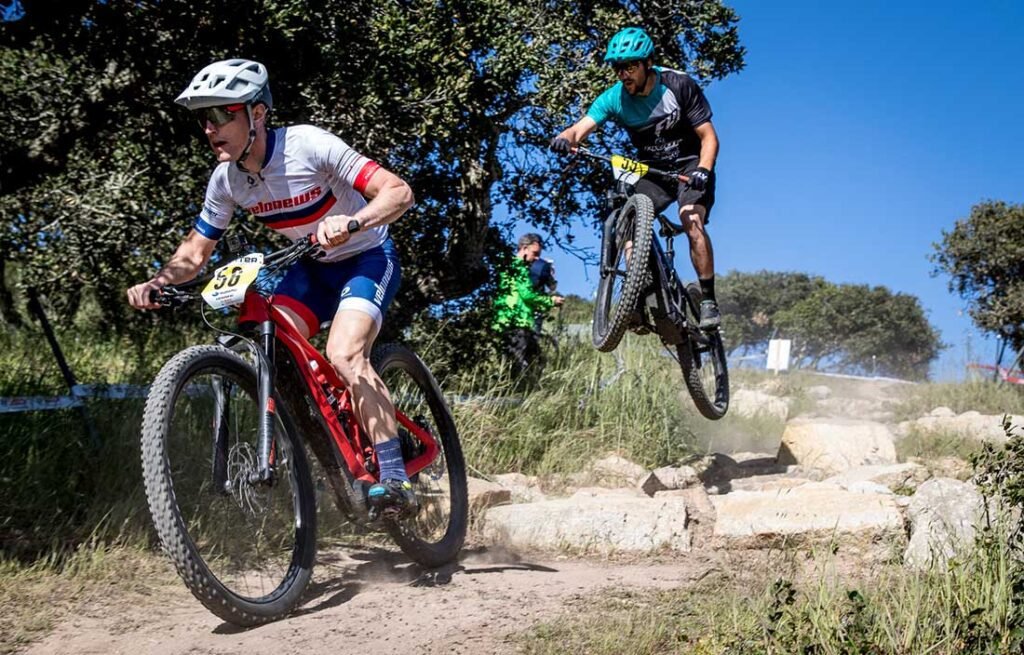
12. You Can Even Race Them
In Europe, e-bikes are big. The European Cycling Union made a racing circuit for them. This includes e-road and e-mountain bikes.
The UCI added e-mountain bike racing to the World Championships in 2019. The winner got a rainbow jersey! Now, you can find e-bike races in the U.S. too.
13. It’s Impossible Not to Smile While Riding an E-Bike
Our testers loved e-bikes so much. They called them “wheee!” bikes. You’ll probably love them too.
If you’re new to e-bikes, remember they’re different. They’re heavier and faster. So, be careful and ride safely.
E-Bike Safety Tips
To stay safe on an e-bike, watch out for cars a lot. Drivers often think cyclists are slower than they really are. Since e-bikes are new, drivers might not see you coming.
So, always be ready to stop or turn fast. Use daytime riding lights to be seen. This helps you stay safe.
When stopping, do it early. You’re heavier and faster, so it takes longer to stop. Press your brakes early to avoid accidents.
Also, the bike might feel wobbly at first. Practice mounting, getting off, and stopping in safe spots. This helps you feel more comfortable on busy roads.









